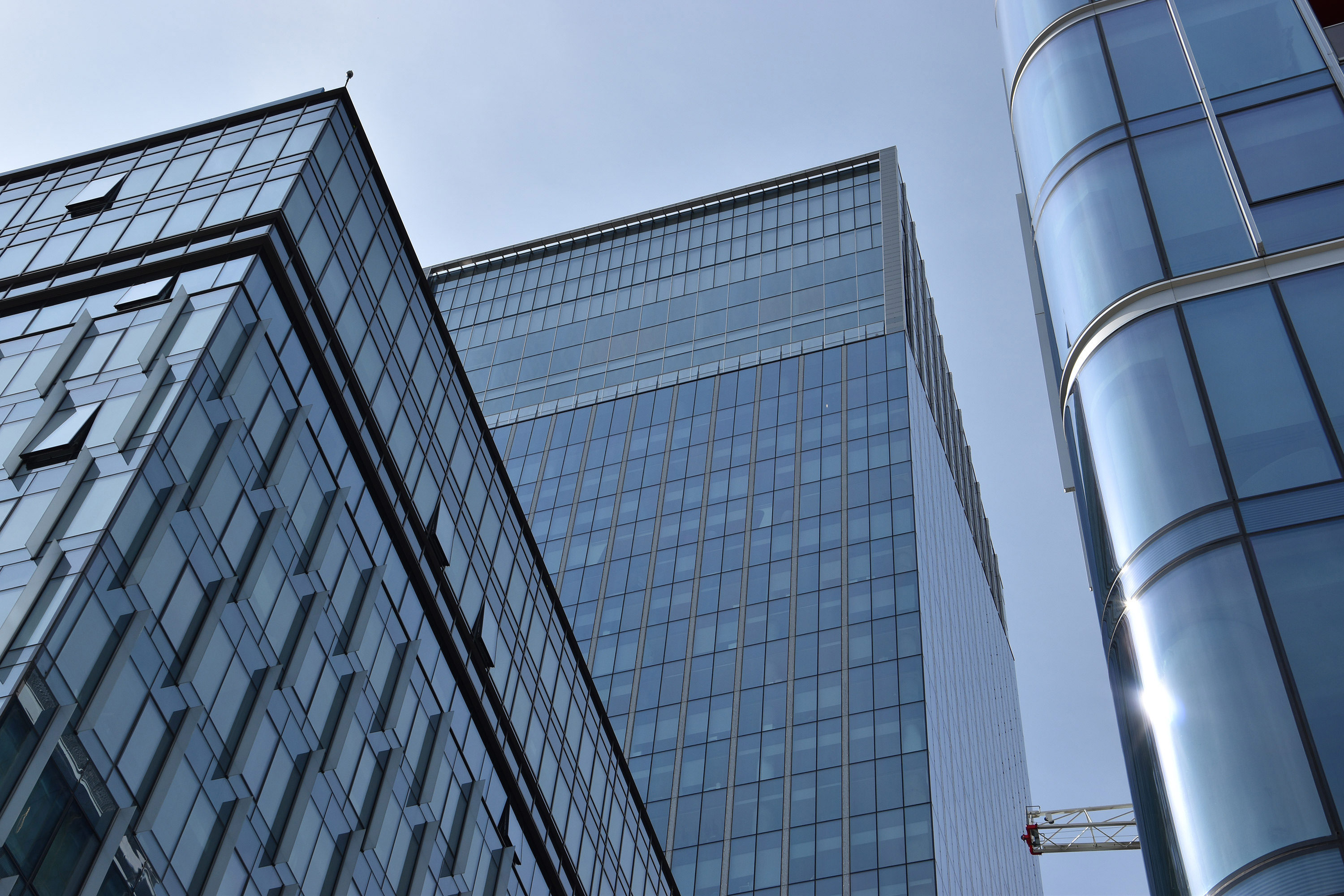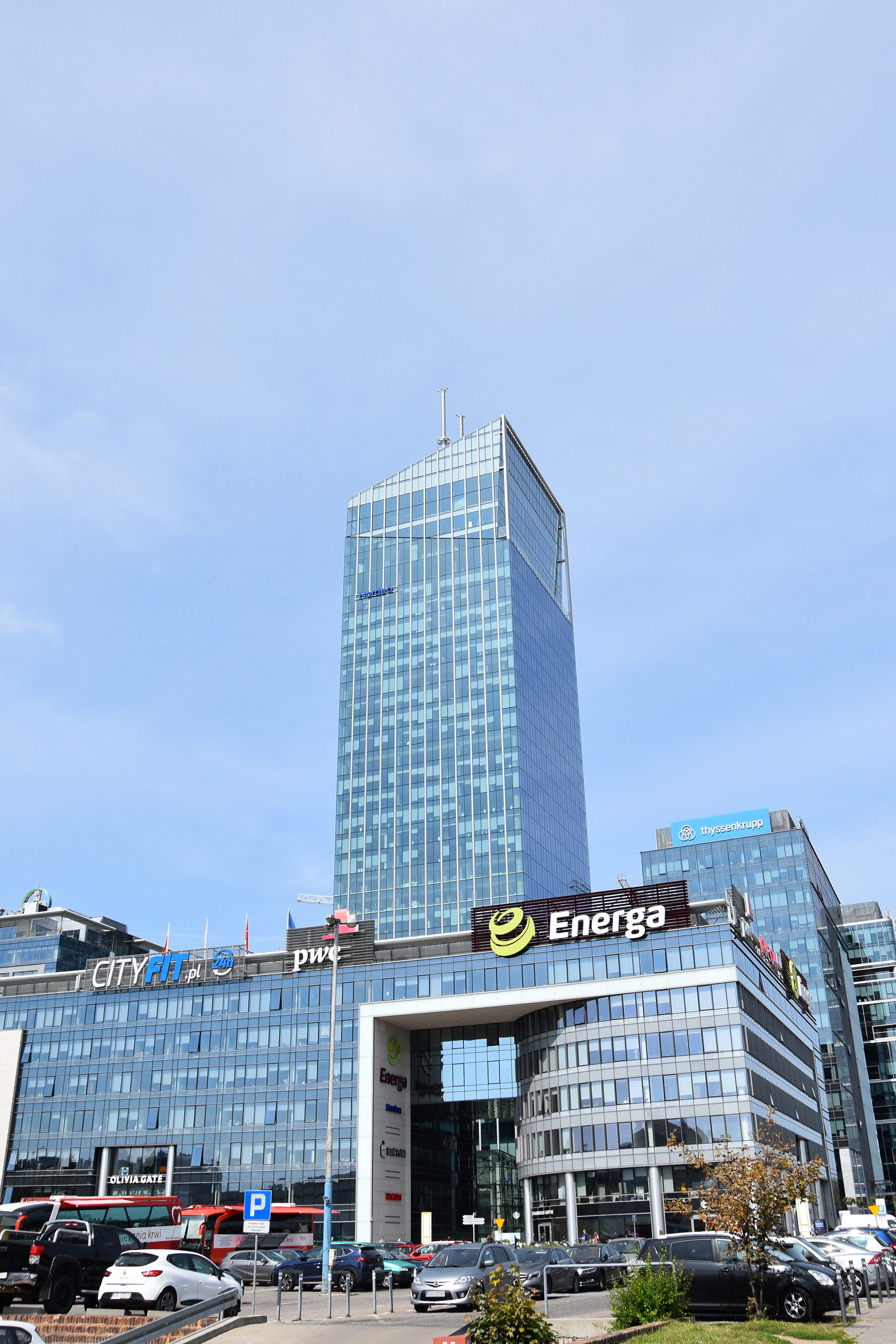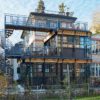The largest business centre in northern Poland has been
evolving in the tri-city area formed by Gdansk, Sopot and
Gdynia since 2010. It currently consists of seven buildings,
among which the 180-metre-high Olivia Star Business
Centre in the Oliwa district of Gdansk occupies an «outstanding» position in the truest sense of the word.
However, it is not only its height that makes the building
stand out from afar, but also its sloping façade: from the
top floor to the 32nd floor, it tilts further and further inwards.
The result is a viewing platform from which visitors
can enjoy a breathtaking view over the Bay of Gdansk
and far into the hilly landscape of forests and lakes southwest
of Gdansk. The platform with glazed parapet is part
of the three-storey restaurant and function area in the Olivia
Star Business Centre, which is also open to the public.
A high-rise building façade on the sea line must meet the most stringent wind load requirements. In spite of this, the architects doubled the size of the glass panels on the top floors of the building, which is also inclined inwards at this point. The VISS Façade enabled them keep the number of mullions to a minimum.
180
Meter high
32
floors
The Gdynia-based architecture firm, BJK Architekci,
chose the Jansen VISS Façade system to create the mullion-
transom structure, which is inclined twelve degrees
inwards. Using the heavy-duty steel system meant that the
glass panels were exactly double the width of the aluminium
profiles of the office fa ades underneath. In other
words, the VISS façade has reduced the number of mullions
that disrupt the view to a minimum. As the building
is located on the sea line (i.e. as if it were positioned on
the open sea), wind pressure and suction forces of approximately
4000 Pascals were taken into account. This is why
the fa ade constructor used stainless steel connectors
from the VISS Fire steel profile system. There is no need
to worry about the corrosive effect of sea salt, however,
as the Baltic Sea is a brackish sea, i.e. a mixture of fresh
water and seawater. As the salt water only feeds in from
the North Sea via a narrow channel, the salinity of the Baltic
Sea decreases the further east you go – in the Bay of
Gdansk it is less than 0.8%. By way of comparison, the average
salinity of the North Sea is around 3.5%. (AMR)

The upper floors of the Olivia Star Business
Centre in the Oliwa district of Gdansk are
pretty edgy: from the top of the building to
the 32nd floor, the façade inclined inwards
by 12 degrees creates space for a fully
glazed viewing platform.

project details
client
Olivia Star Business Center, Gdansk/PL
architects
BJK Architekci, Gdynia/PL
metalworker
Defor S.A., Śrem/PL
steel profile systems
Fotography
© AluKönigStahl

